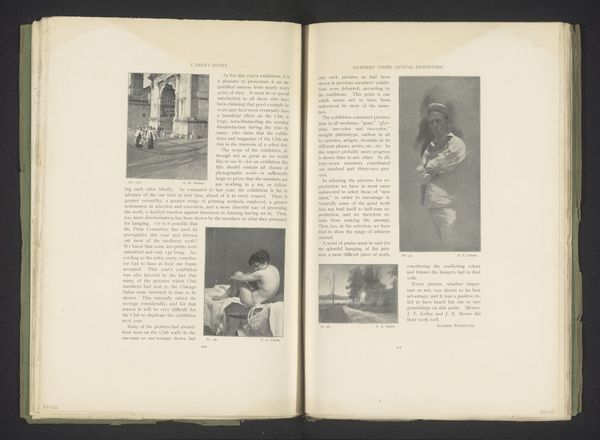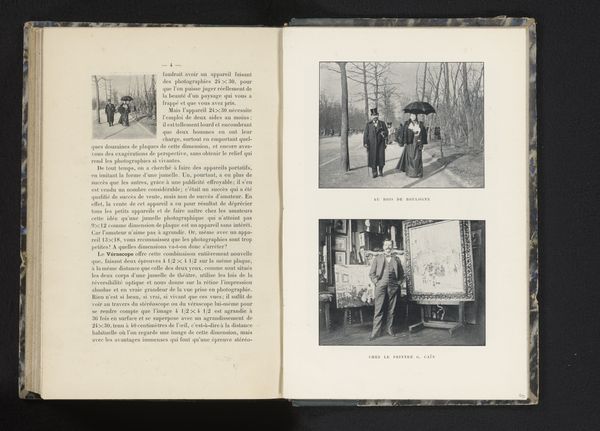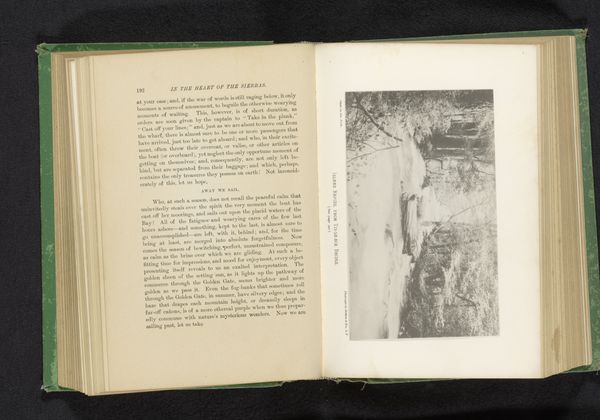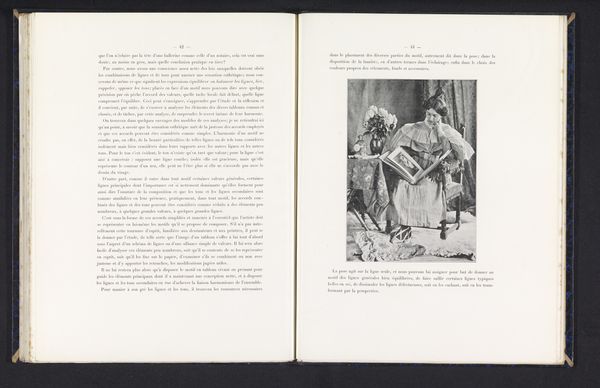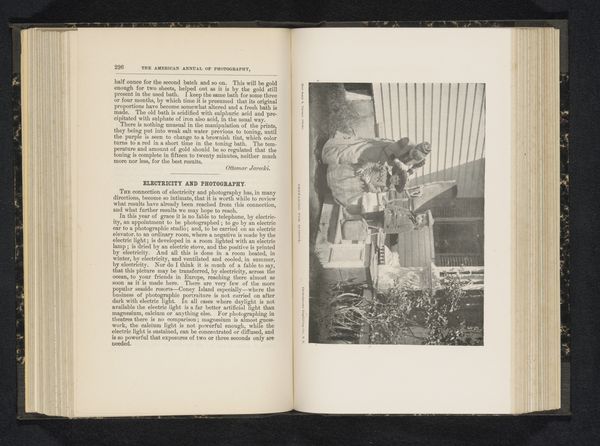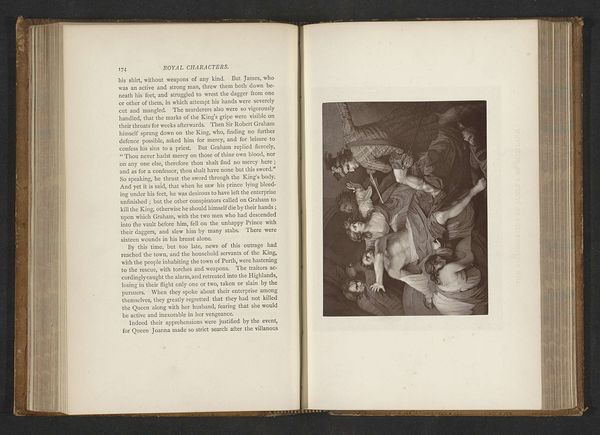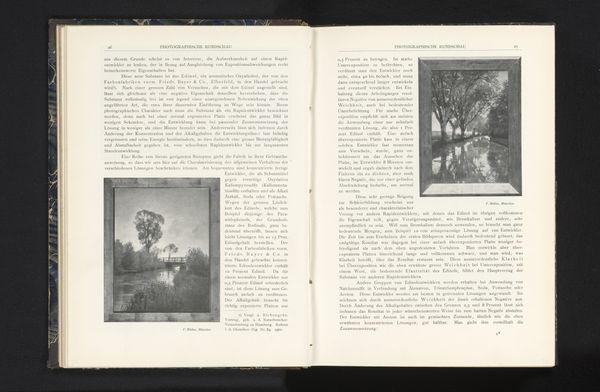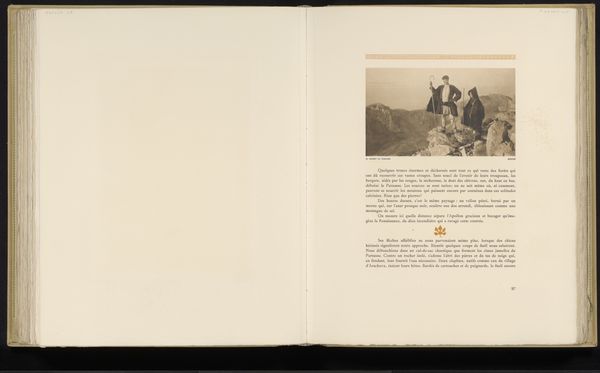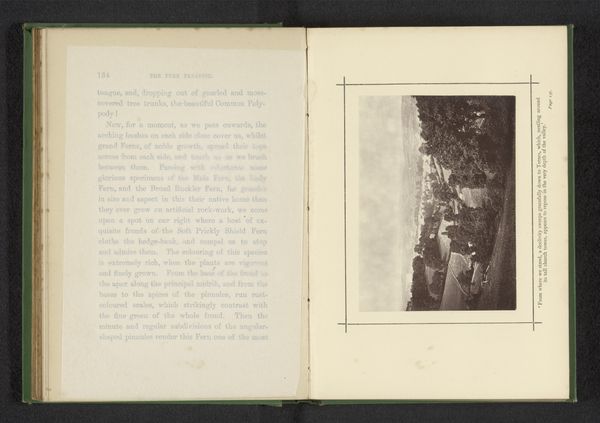
print, photography
#
portrait
#
pictorialism
# print
#
photography
Dimensions: height 118 mm, width 153 mm
Copyright: Rijks Museum: Open Domain
Curator: Before us, we have a fascinating print, a photographic portrait titled "Handwerkende vrouw," or "Crafting Woman," created by Constant Puyo sometime before 1896. Editor: There's an intimacy to these images, a quietness. Both evoke a domestic sphere and a contemplative mood using muted tones and soft focus. It's less about documenting and more about evoking a feeling, a kind of gentle reverie. Curator: Absolutely. Puyo was a key figure in the Pictorialist movement, which intentionally softened photographic images through manipulating the printing process. He uses techniques to emphasize artistry, bringing photography closer to painting and challenging the perception of photography as a purely documentary medium. Look at the rich tones, they’re closer to charcoal sketches! Editor: The fact that this is a print matters. It emphasizes its role as a manufactured object. Who was crafting, who owned the materials and how the sitter relates to the object under construction? We're witnessing labor captured through labor – one art supporting and elevating another. Curator: Precisely! The print becomes a testament to both the portrayed subject's activity, whatever they are building with the tools surrounding them, and the physical construction by Puyo. The act of artistic creation links both women, across material and process, bound by skill, art, and dedication. The Pictorialist's lens allows him to reframe labor! Editor: We tend to consider consumption disconnected from artistic labor. To be reminded of both happening is extremely vital for reevaluation of today's image-making culture! Puyo creates art of consumption using the instruments for his sitter's artistry. Curator: I agree completely. Looking closer, you can examine how social structures interact with this artistry: a craft captured with photographic precision, and how it’s later consumed! This interplay shows how value and skill evolve in the production cycle and our engagement with the material. Editor: Studying these two prints brings more questions to the conversation about today’s making process and consumption overall! The labor in creating art is being emphasized as both a form of consumption, as well as a commodity ready for purchase!
Comments
No comments
Be the first to comment and join the conversation on the ultimate creative platform.
